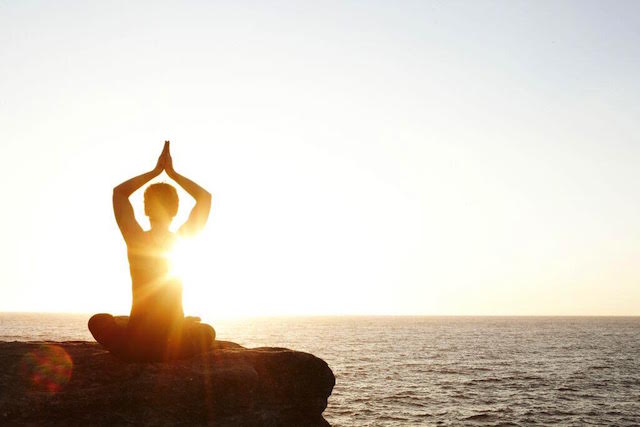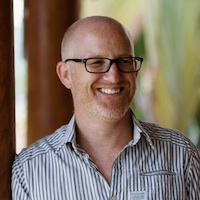
“Meditation is a skillful letting go: gently but with resolution.” ~ Ajahn Sumedho
The mindfulness buzz looks here to stay.
From Silicon Valley to Wall Street bankers, there is a plethora of coaches, courses and programs and with the Wisdom 2.0 conference stretching from the U.S., to Europe and Asia it’s encouraging to see the interest continuing to grow. But being a central part of the Buddha’s teaching more than 2,500 years ago, mindfulness is far from a new concept.
I recently attended a 10-day Buddhist retreat with a monk from the Thai Forest Tradition—a branch of Buddhism that sticks closely to the Buddha’s original way of practicing. The retreat was lead by Ajahn Sumedho, originally from the U.S. he is 81 years old and spent more than 50 years as a forest monk. His simple yet profound teaching style focuses on intuitive awareness (mindfulness), the act of observing the present moment and seeing things as they are without judgment.
Up before dawn, no phone or computer, no speaking, no food after 12 p.m. and a lot of sitting can sound like a prison sentence, but what it does is create the right conditions for quieting down a busy mind and learning how to be in the present. I have attended retreats before, but as I am now self-employed, it is definitely more challenging locking up the smart phone!
Meditation is an ideal way to practice mindfulness through sustained focus on the breath. Awareness of the breath provides an anchored viewpoint away from the busy mind and an opportunity to observe thoughts and emotional states as they arise. Even a short sitting session each day can have a beneficial effect and help to support other mindfulness practices.
It has long been practiced in Asia but until recent times, meditation was seen as taboo to many in the West. Still today I might mention meditation to a friend and be greeted with a glazed look, or the conversation will take a mystical turn. But what the gym is to the body, meditation is to the mind, and when you use your brain a lot, it needs a rest now and then. Most busy execs or entrepreneurs I know will always find time for physical activity to unwind, so if sitting for 15 minutes a day can boost productivity and reduce stress levels, a meditation cushion soon pays for itself.
When sitting at regular intervals during the 10-day retreat, your mind becomes progressively quieter with little distraction and a lot of time to reflect. For me the real value comes in the awareness of what is being driven from my heart, so I can use mindfulness outside of the retreat to make the right decisions on where to focus my time.
Not everyone has the opportunity to take 10 days out from work and family to train the mind, but there are other ways to practice mindfulness with less impact on daily life:
Turn off technology: Switch off the phone, the laptop, the TV—anything tech related that is a major distraction. Do it for a day or maybe for the weekend. It sounds easy but if you run your professional life on your smart phone then it’s not always so. Once it’s out of the way for sometime, your mind has more space with which to operate in.
Stop talking: Communication is essential to the way we interact in personal relationships, in business or during day-to-day interactions. But, finding opportunities to remove it provides an ideal opportunity for the other senses to become more alert and for the mind to be present with simple everyday tasks.
Take a long walk: Walking is an ideal way to let go of the day’s distractions and free up headspace. If you spend a lot of time in an indoor air-conditioned environment, then the sound of nature can be a welcome change and help to dissolve unwanted thinking and relax the mind.
Buddhism is widely regarded to be a religion, but whilst Buddhism cannot be practiced without mindfulness, mindfulness can certainly be practiced without Buddhism. I don’t consider myself a religious person but I recommend learning mindfulness meditation in a Buddhist setting from a monk or nun who has made it their life’s work.
Ajahn Sumedho refers to Buddhist practice as a Precision Tool for dealing with the human condition. A tool for observing and understanding the mind and developing an intuitive awareness to see the present moment as it is. So if learning mindfulness meditation is of interest, whether Buddhist or not, there is likely no better expert and teacher than an experienced Buddhist monk.
Relephant:
The Simple Technique that Changed My Life.
~
Author: Matt Rickard
Editor: Travis May
Photo: Used with permission/Sydney Will Horner
~











Read 3 comments and reply